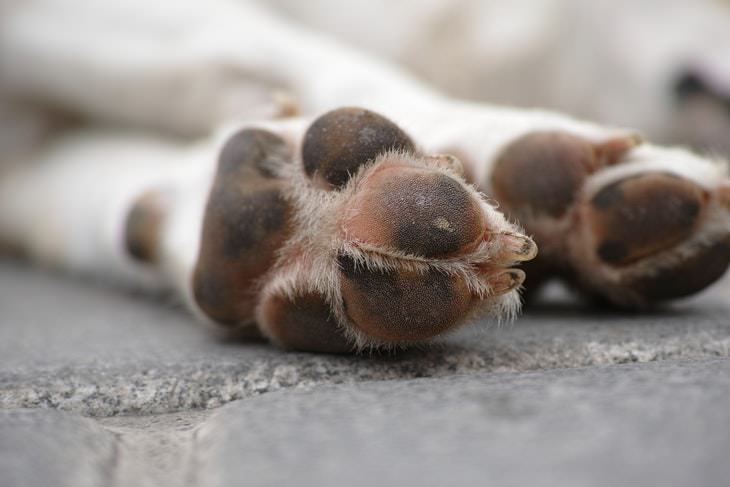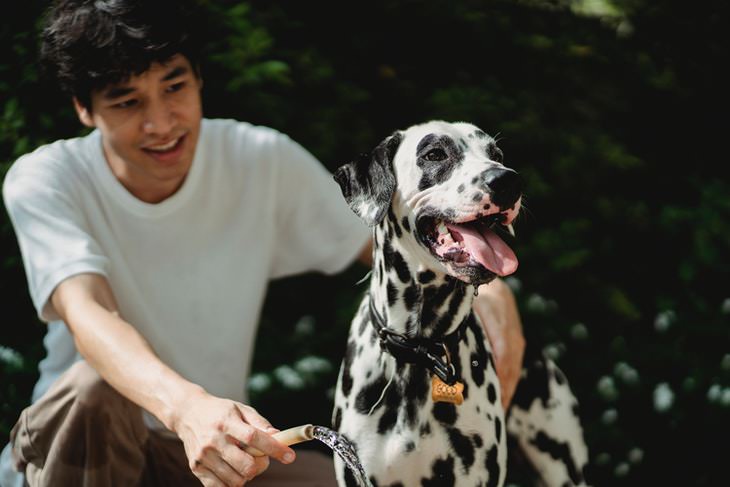
Unfortunately, your pets can’t tell you to turn on the air conditioning when they’re too hot. Just like humans, dogs can start overheating in the sun, sometimes even faster than us. According to the Memphis Veterinary Hospital website, “Unlike humans who sweat, dogs eliminate heat from their bodies by panting. When panting isn’t enough, a dog’s body temperature rises, and they can experience heatstroke, which can become fatal if not treated immediately.”
With summer at the doorstep, every dog owner should be aware of the signs of heat exhaustion and know how to prevent and stop it. Keep your four-legged friends safe all summer.

When your dog’s body temperature is higher than the 101-103°F (38.3-39.4°C) healthy range and the pet is no longer able to regulate it, the pet develops hyperthermia. Generally speaking, any weather that’s too hot for you is also unsafe for your pooch. Abandoning a dog in a car, leaving the pet without water or shade, or taking the pet on a long walk on a hot and humid day are all common scenarios in which the animal can develop hyperthermia.
Although any dog can develop hyperthermia on especially hot and humid days, certain dogs are more likely to get it than others. For one, heat regulation is more challenging for dogs with thick fur and short noses. Additionally, older dogs, pets that don’t get regular exercise, and those that suffer from medical conditions are susceptible to hyperthermia.
There are 3 types of hyperthermia:
Related Article: Can My Dog Eat That?
Symptoms of hyperthermia in dogs

If you suspect that your dog has been exposed to excessive heat, watch out for the following symptoms:
Heat stress can develop very rapidly in dogs, even when your dog seems to recover once you move it to a cool environment. Therefore, contact your vet and follow their directions immediately. If the animal is vomiting, has seizures, or has lost consciousness, take the animal straight to a veterinary hospital.

While you are talking to the vet, do the following steps yourself:
1. Move the dog to a cooler area right away (preferably indoors).
2. Wet the animal’s body with cool or lukewarm water. AVOID using cold water, as rapid cooling is just as dangerous. Apply more water to the pet’s paws and ears to further reduce the fever. When the body temperature is back to 103°F (39.4°C), you can stop applying water.

3. As the dog is slowly cooling down, give them a small amount of lukewarm or cool water (no ice). Let the pet drink as much as they want, but avoid forcing it.
4. Avoid giving the dog aspirin.
5. While you travel to the vet, leave the windows in the car open and the air conditioner turned on.
Remember that even if your dog looks like it is recovering, they still need to be checked for complications of heat stress, such as dehydration, shock, and organ failure.
Related Article: Looking After an Old Dog
When the weather is extremely hot, you must be mindful of the conditions in which your pet is at all times. Your pet should be in a well-ventilated area with access to fresh water and shade around the clock.
Here are several practical tips that will help keep your pooch safe:
1. Never leave your pets alone in a car - even for a minute and even with the windows open. Hundreds of dogs get heatstroke and die every year after being left inside parked cars.
2. Leave several bowls of cool water out at home available for the pet at all times.
